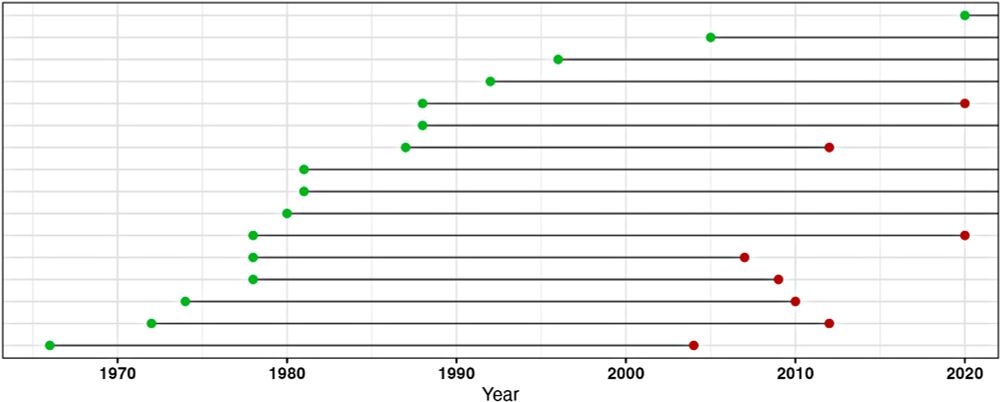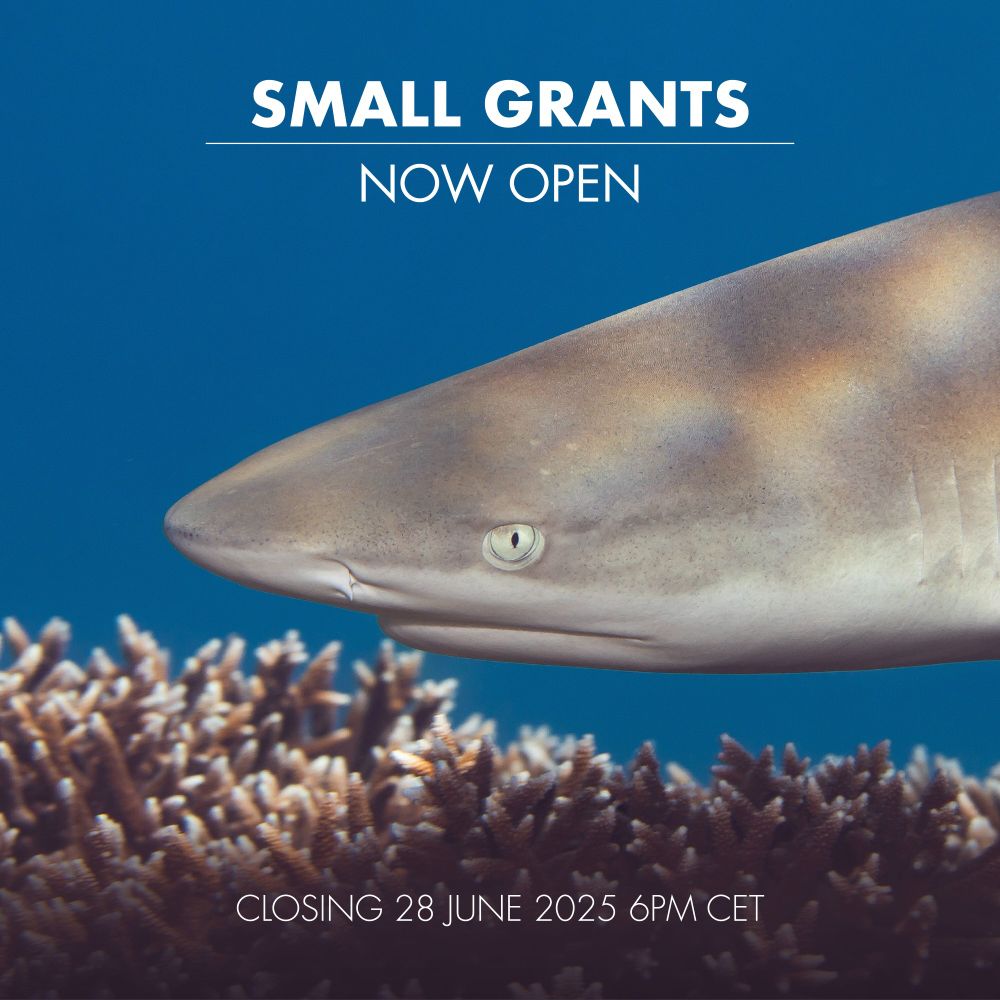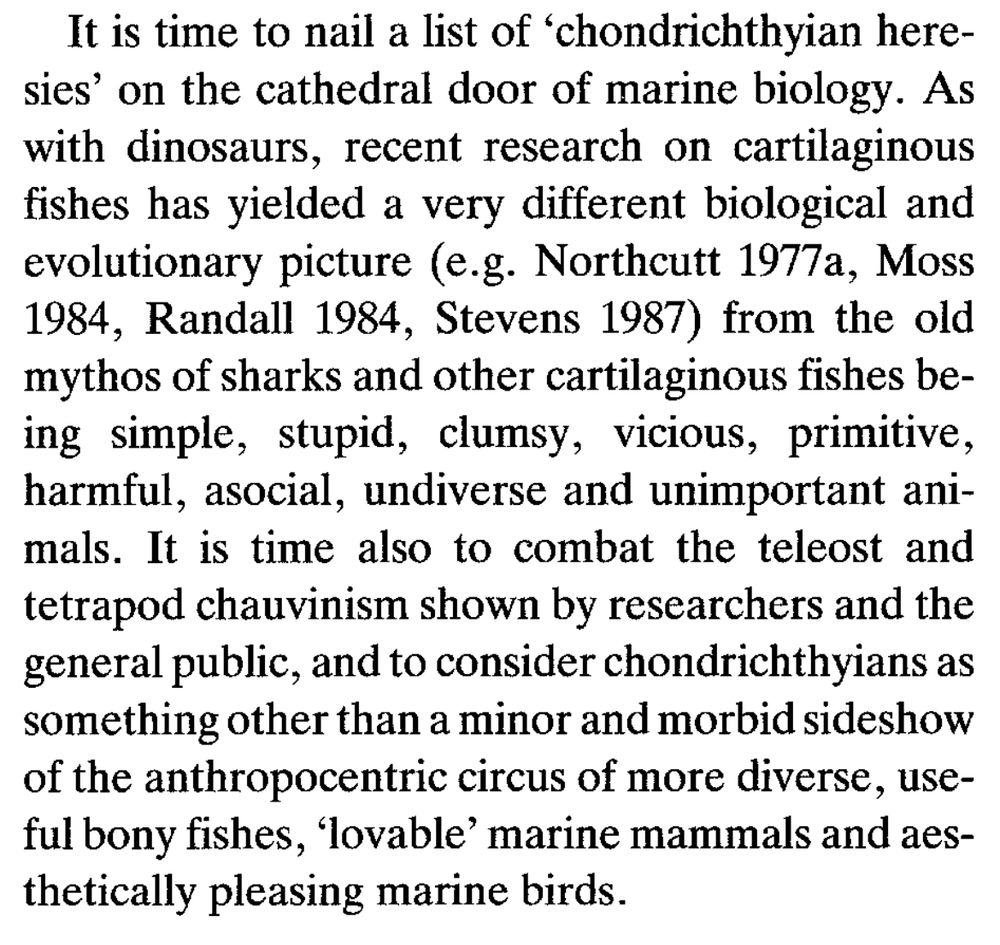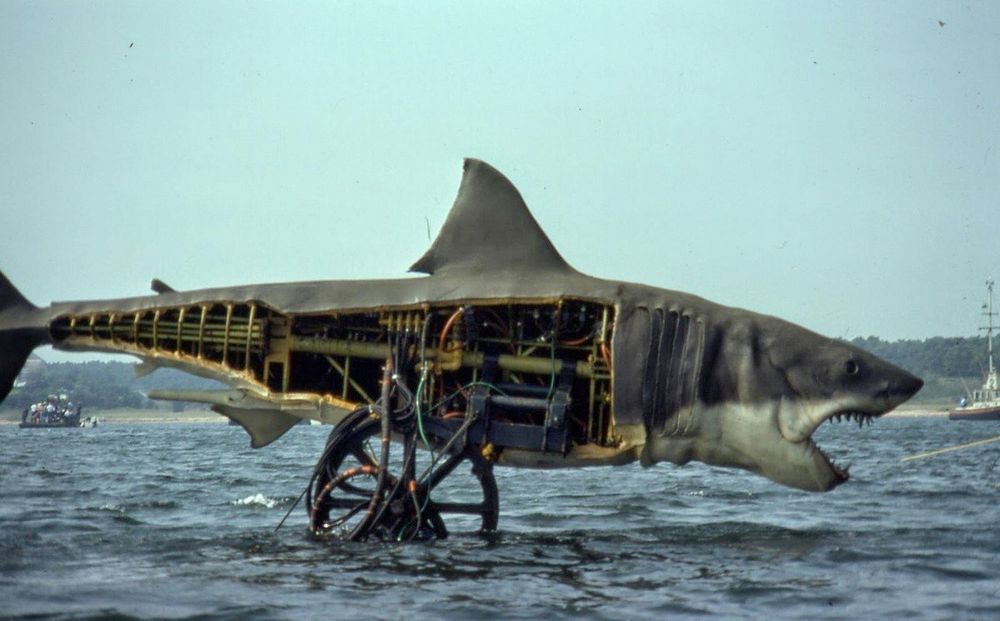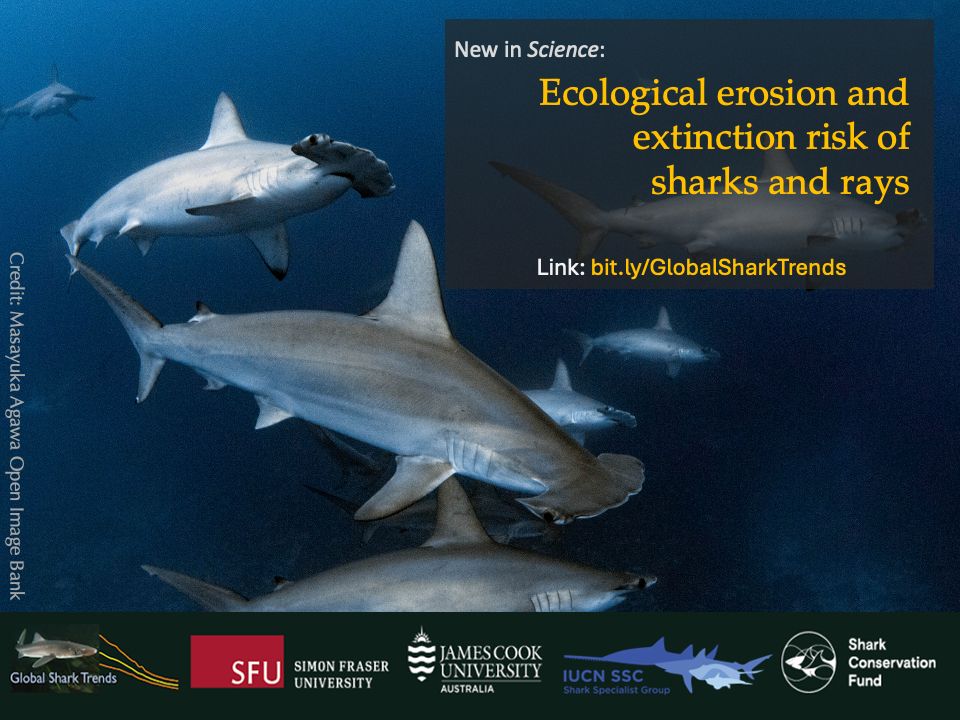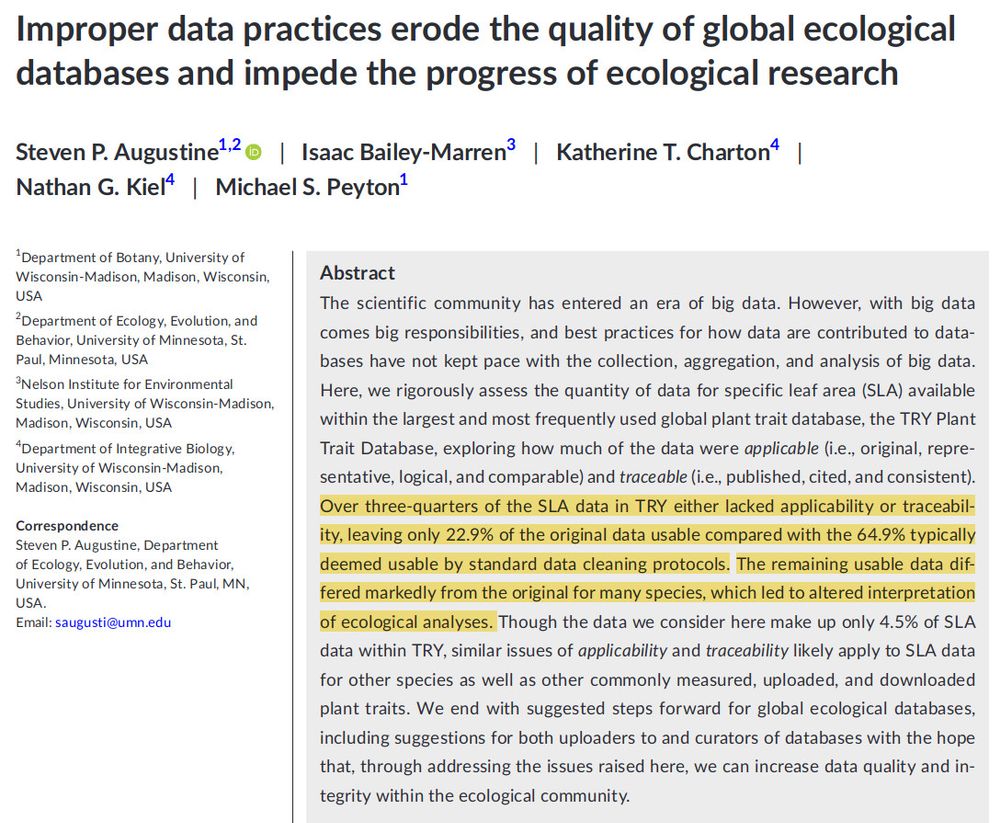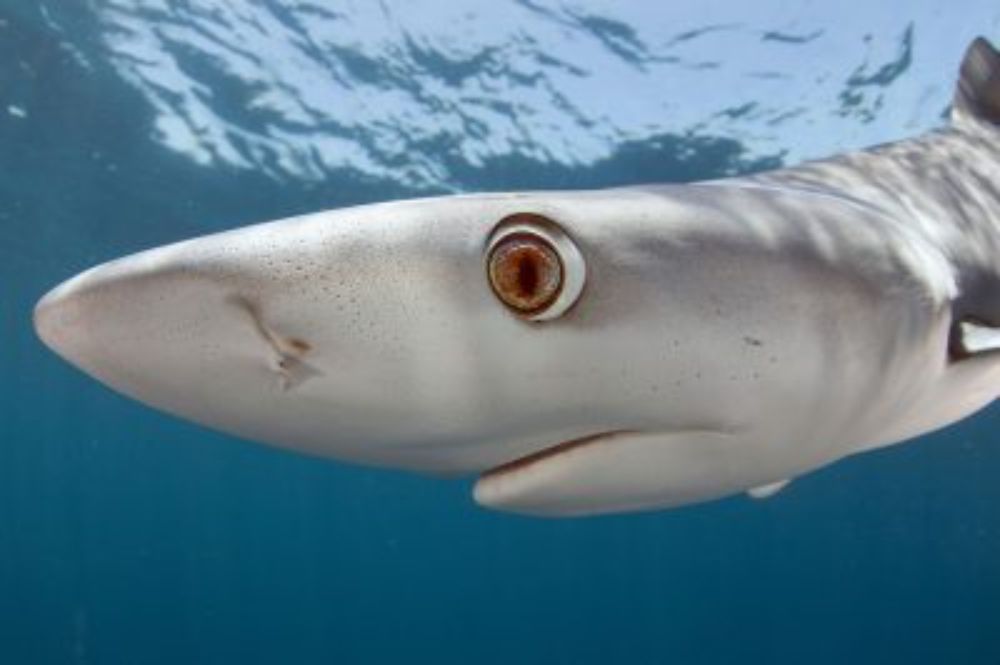Posts
Media
Videos
Starter Packs
Reposted by Chris Mull
Reposted by Chris Mull
Mongabay
@mongabay.com
· 20d

Canada’s mining companies destroy biodiversity with impunity, Indigenous journalist reports
An international tribunal of environmental rights activists recently found extensive evidence that the Canadian mining sector is “guilty for the violation of Rights of Nature across South America and…
news.mongabay.com
Chris Mull
@cgmull.bsky.social
· Aug 12

Defining ecological roles of sharks on coral reefs
Sharks have often been perceived to play a critical role in the dynamics of coral reef ecosystems globally. Yet, there is relatively little evidence to support this idea across all but a limited set ...
doi.org
Chris Mull
@cgmull.bsky.social
· Jul 12
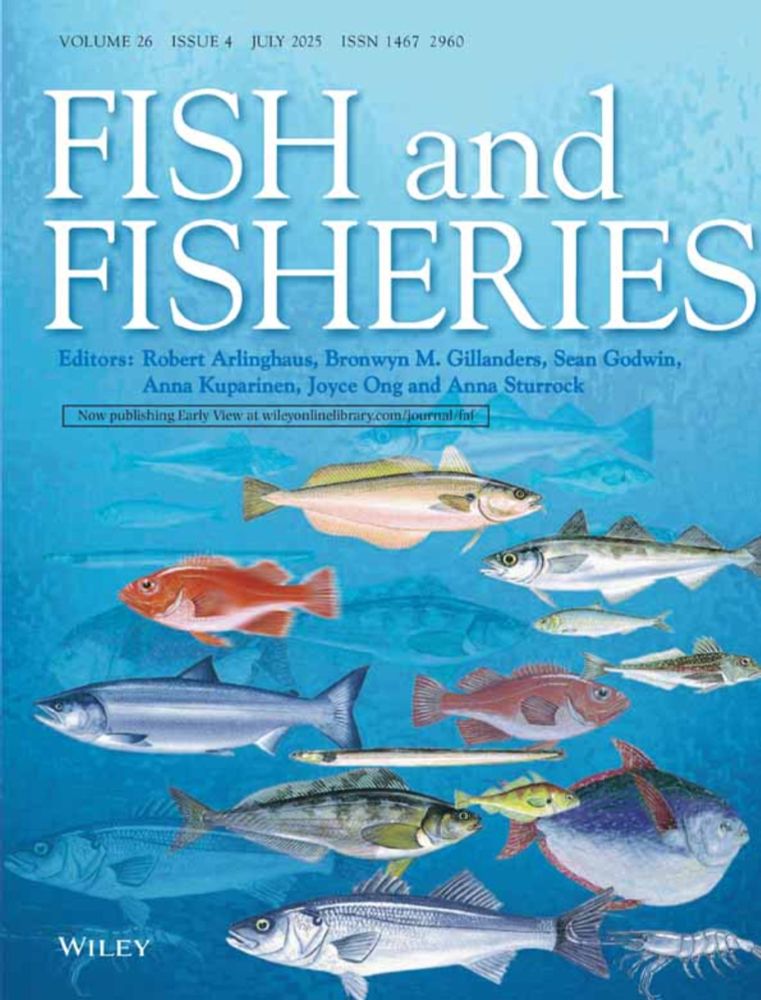
Imputation of Fisheries Reference Points for Endangered Data‐Poor Fishes, With Application to Rhino Rays
For data-limited fish species, sustainable management frequently relies on biological metrics that are derived from life-history trait data, as opposed to high-resolution time series of catch and abu....
doi.org
Reposted by Chris Mull
Chris Mull
@cgmull.bsky.social
· May 6
Reposted by Chris Mull
Chris Mull
@cgmull.bsky.social
· Mar 25
Chris Mull
@cgmull.bsky.social
· Mar 6
Chris Mull
@cgmull.bsky.social
· Dec 18
Reposted by Chris Mull
Reposted by Chris Mull
Reposted by Chris Mull









